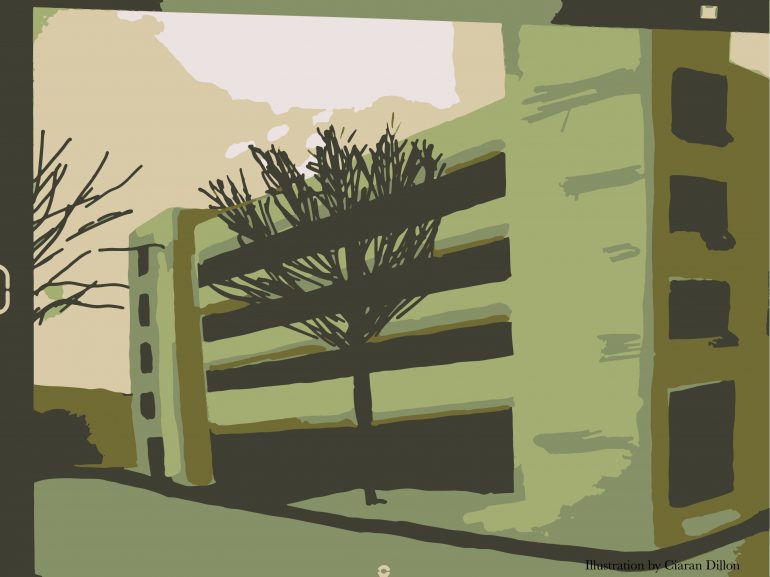Parking at PSU is, to put it nicely, a taxing experience. Literally. The cheapest parking option, for Parking Garage 3, is $1,062 per academic year. That’s a lot of money! Students who need to commute to campus in a car are left with no other option than shelling out for the parking pass, no matter their income level. Why is it so expensive, and is there any way around it?
The answers are complicated. Transportation and Parking Services (TAPS) doesn’t receive funding from the state or from our tuition dollars. This means that it is independently run through the money it gets from parking passes. This is all well and good; I don’t think we’d be any happier if tuition costs had to go up to accommodate for parking. However, TAPS also admits that the prices are there as part of their “demand management strategy.” Translation: Parking on campus isn’t encouraged and the prices are there to deter people from buying passes. This makes sense in theory, but it doesn’t do anything to help those who need to park.
It’s still obviously preferable that everyone who can should be walking, biking, or taking public transit. Walking and biking are better for the environment, while public transit is decently discounted for PSU students with the Student Viking Pass. These are great options, and if you have the means to do them, you should be doing them. However, not everyone has the means. Trimet only goes within the tri-state area (hence Trimet), which excludes other close counties like Yamhill, Marion, or Columbia. Towns excluded include McMinnville, Salem, Woodburn, Newberg, St. Helens, and more. Students who live in these areas must drive a vehicle; there is no other option. It should also be noted that students who live in those areas may be at an economic disadvantage in the first place. Living farther away from Portland is cheaper, and many who live far away may also be living rent-free with parents or other family.
But, given PSU’s reputation as a commuter school, they’ve definitely gotten us the best prices possible, right? Well, I’m not so sure. Comparing PSU’s parking prices to other major West coast urban campuses was shocking: PSU came out significantly more expensive than San Diego State ($348) and UCLA ($774). Parking in Los Angeles and San Diego is, on average, much more expensive than Portland. And yet, our parking passes come out on top in a ranking of price point. TAPS says it puts the passes “near market value.” However, hourly parking in PSU lots ranges from $2.50 to $4 per hour while downtown Portland’s street parking is $2 per hour. Is that what you want to be known for? Students already pay so much to be on campus in the first place, so shouldn’t they pay less than market value to park on the campus they help fund?
I reached out to TAPS to see if there were any plans to help students better afford parking. There was no response. Hopefully, having two articles addressing the difficulties of getting to class in our Opinion section this month will draw their attention to much-needed change in their department. As students, I think there’s a lot we can appreciate about TAPS. The parking garages we have are clean and relatively safe, they can verify enrollment in the reduced-fare program with Trimet, and they’ve funded some cool bike parking garages as well. However, the prices of parking are a glaring issue facing students at this school. It may make more sense to come up with a reduced-fare parking pass for low-income students, and/or a discounted pass specifically for students without access to Trimet. If we want to get really to the point about it, technically no one should have to pay for parking. Why must we capitalize on space citizens need? But while PSU’s system is set up as it is, there have to be other options to explore.
Despite PSU’s desire to see us all show up to class in ways other than driving our own vehicle, it isn’t realistic to think that keeping prices high will solve the problem. It might solve the issue of having to build more parking garages, but it’s a distinct disadvantage to students. I plead with TAPS to consider coming up with an option for low-income and far-distance commuters. It might seem like the more difficult option right now, but your students will thank you.





